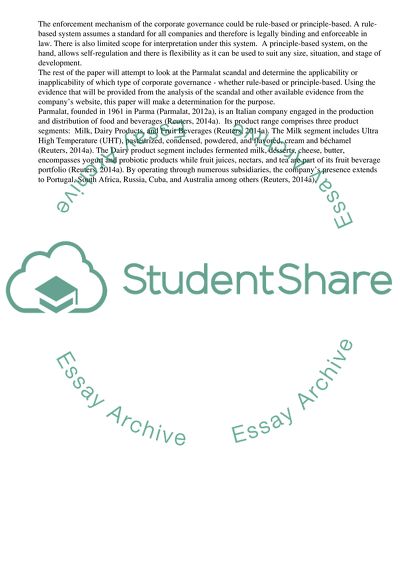Cite this document
(Corporate Governance and Risk Management Case Study, n.d.)
Corporate Governance and Risk Management Case Study. Retrieved from https://studentshare.org/management/1810515-corporate-governance-risk-management
Corporate Governance and Risk Management Case Study. Retrieved from https://studentshare.org/management/1810515-corporate-governance-risk-management
(Corporate Governance and Risk Management Case Study)
Corporate Governance and Risk Management Case Study. https://studentshare.org/management/1810515-corporate-governance-risk-management.
Corporate Governance and Risk Management Case Study. https://studentshare.org/management/1810515-corporate-governance-risk-management.
“Corporate Governance and Risk Management Case Study”, n.d. https://studentshare.org/management/1810515-corporate-governance-risk-management.


